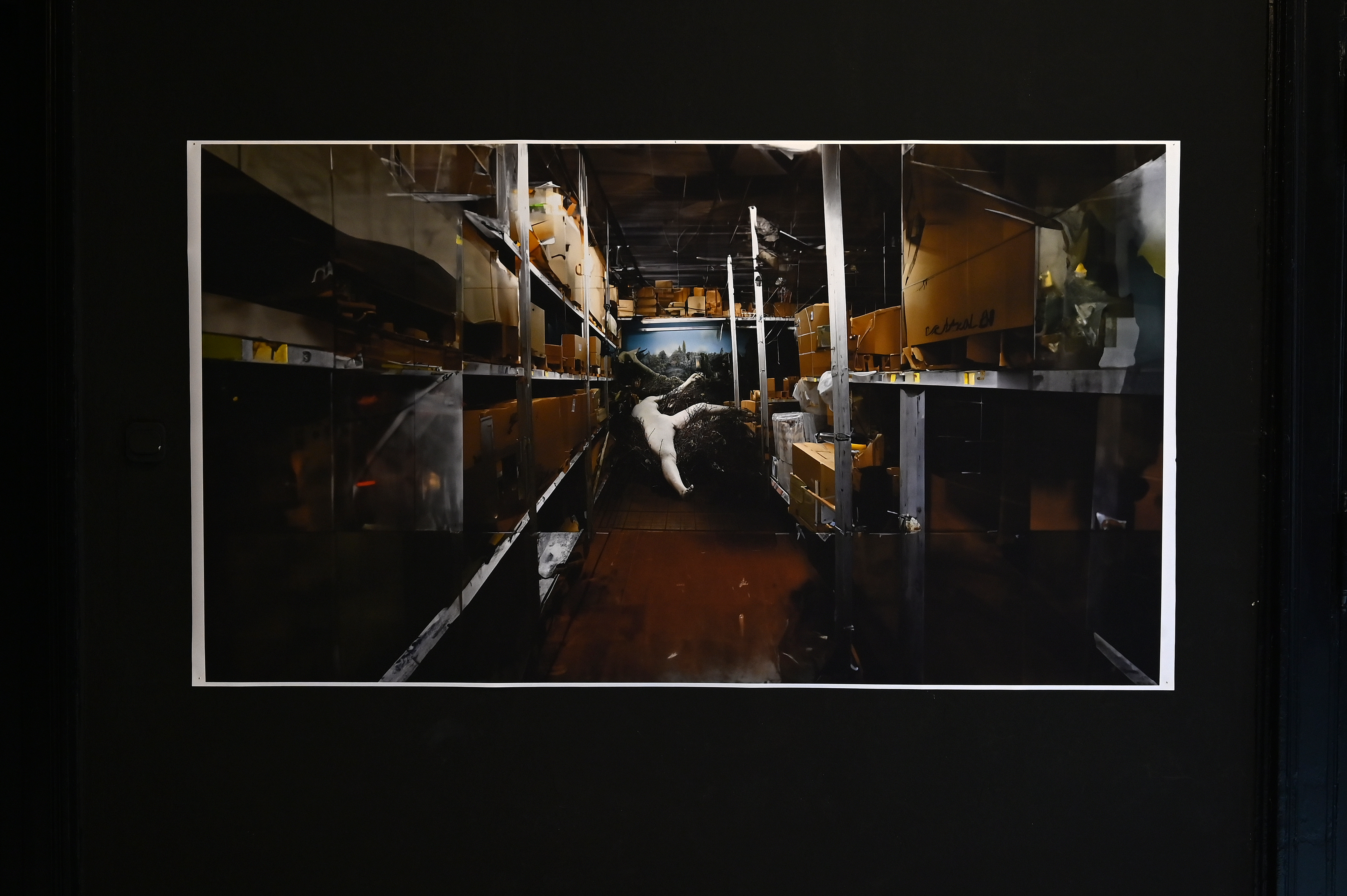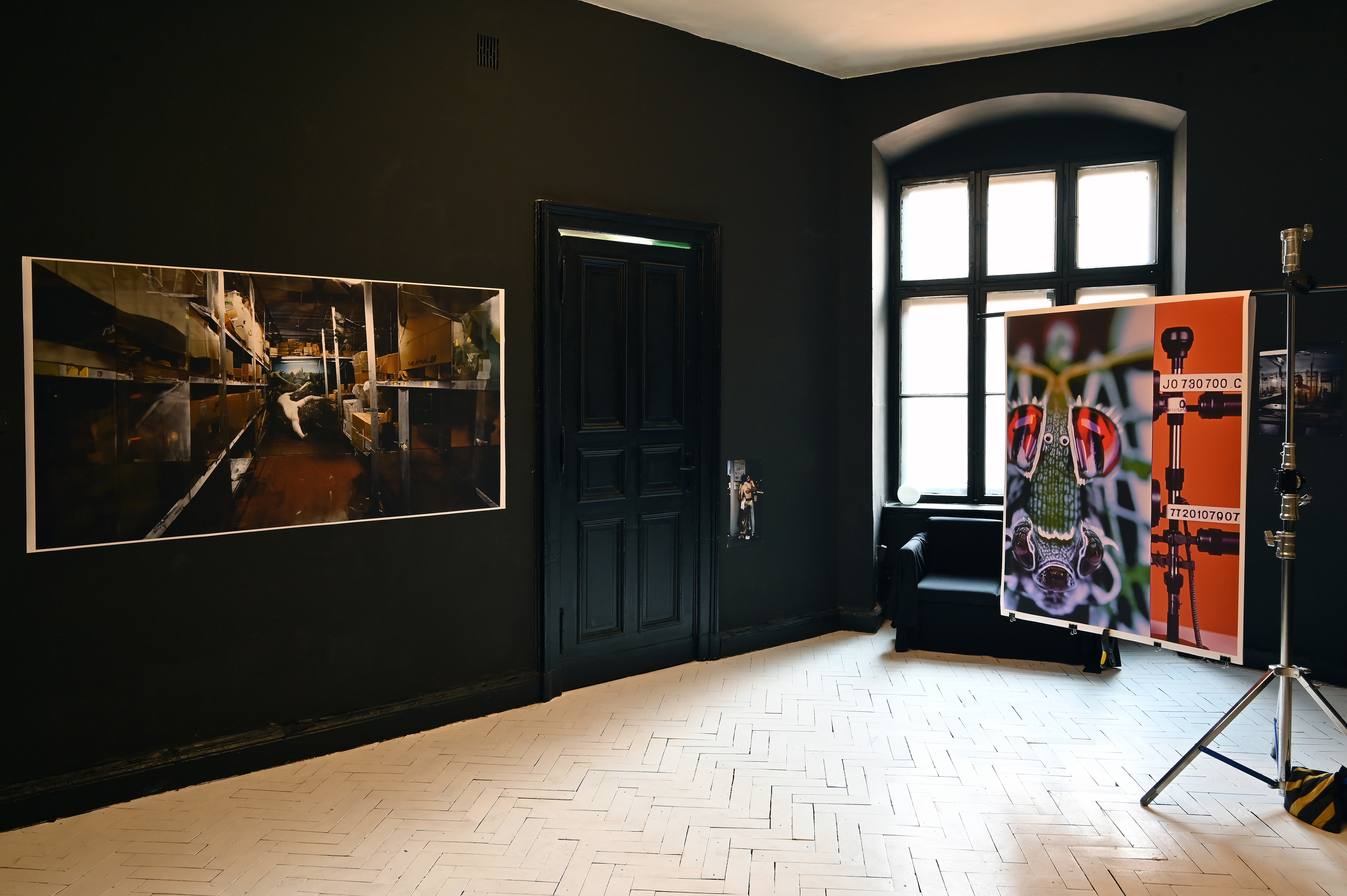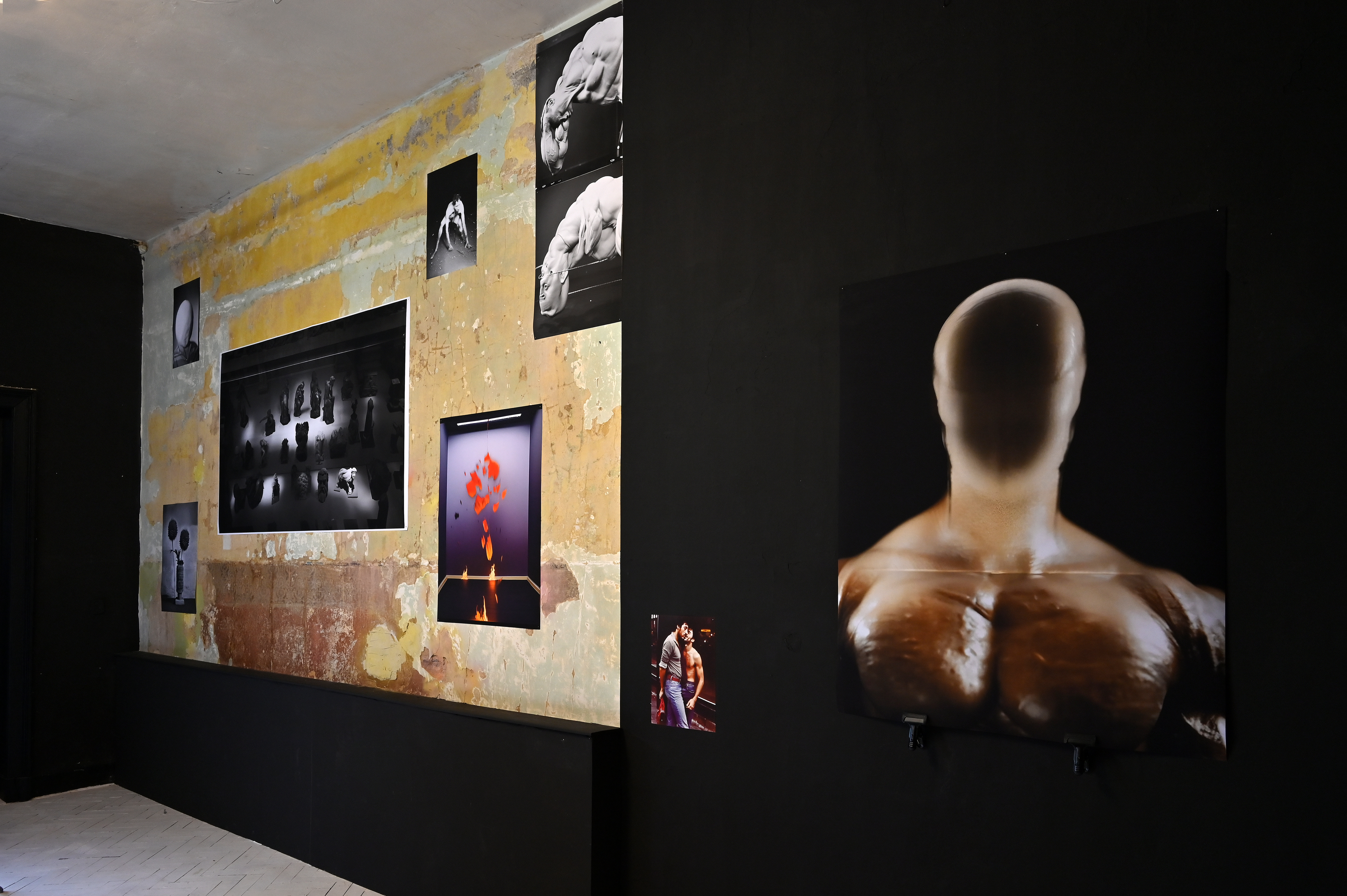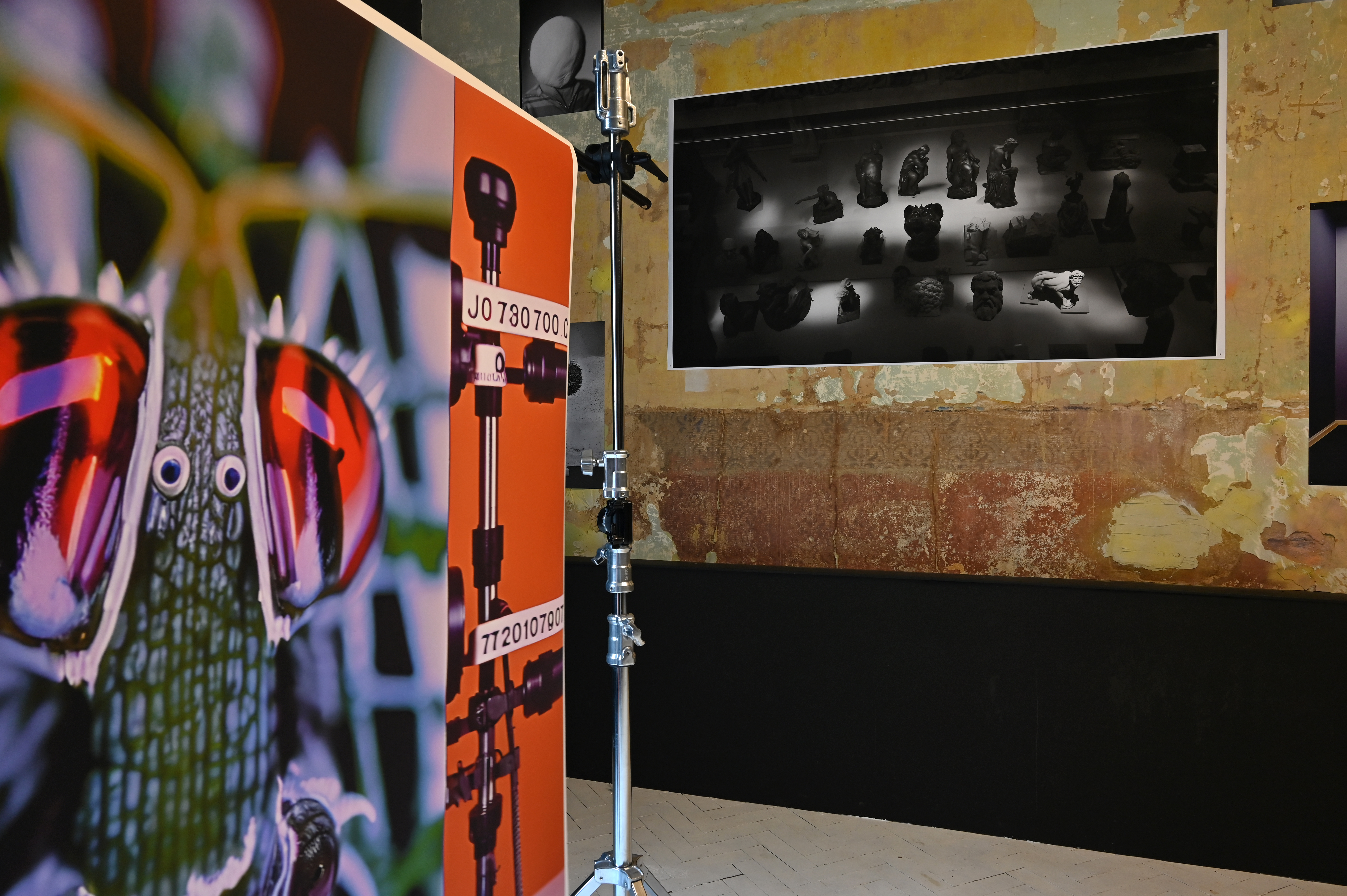LONG STORY SHORT
AI generated imagessolo show at S35 Gallery





Framing in photography goes beyond the selection of what is visible within the frame; it also determines what is excluded. Modern AI algorithms possess the capability to analyze elements present within the frame and generate theoretical extensions of the image. By recognizing patterns and context, they can predict how a given scene might appear beyond the frame's boundaries and generate credible extensions.
However, framing is more than a technical decision—it is a gesture that subordinates visibility to the logic of desire. What is included in the frame is rendered visible and inscribed within relations of power, hierarchy, and consumption. Images are subject to market mechanisms, becoming objects of desire while also functioning as tools that generate that desire. Every frame carries the potential for manipulation: the selection of certain elements inherently excludes others, and what is made visible constructs a narrative designed to satisfy our aesthetic and emotional needs.
The ability to extend a frame offered by AI algorithms operates as an extension of this logic. Going beyond the boundaries of the original image not only speculates on what might be there but also intensifies desire—the urge to see "more" or "better." Yet, each such extension also presents an opportunity for critical analysis. By examining what is completed or imagined, we can reflect on the desires driving our gaze and why certain elements of a scene—images, bodies, spaces—become the focus of attention.
Frame extension thus becomes not only a technology of the image but also a tool for reflection. What is added reveals what was previously overlooked, and the very desire to look beyond the frame exposes the mechanisms shaping our perception. In this way, we can not only explore what is hidden but also understand how deeply our gaze is shaped by structures of desire and power.









 fot. Zbigniew Olszyna
fot. Zbigniew OlszynaKadrowanie w fotografii nie ogranicza się jedynie do wyboru tego, co jest widoczne w ramach obrazu, ale również determinuje, co zostaje wykluczone. Nowoczesne algorytmy AI mają zdolność analizowania elementów znajdujących się wewnątrz kadru i generowania teoretycznych rozszerzeń obrazu. Dzięki rozpoznawaniu wzorców i kontekstu są w stanie przewidzieć, jak dana scena mogłaby wyglądać poza granicami ramy i generować takie rozszerzenia w sposób wiarygodny.
Kadrowanie jest jednak czymś więcej niż techniczną decyzją – to gest, który podporządkowuje widzialność logice pożądania. To, co znajdzie się w kadrze, zostaje uwidocznione i wpisane w relacje władzy, hierarchii i konsumpcji. Obrazy podlegają mechanizmom rynkowym, stając się obiektami pragnienia, ale także narzędziami, które to pragnienie generują. Każdy kadr zawiera w sobie potencjał manipulacji: wybór jednych elementów oznacza wykluczenie innych, a to, co widoczne, konstruuje narrację, która ma zaspokajać nasze potrzeby estetyczne i emocjonalne.
Możliwość rozszerzania kadru, jaką oferują algorytmy AI, działa jak przedłużenie tej logiki. Wykraczanie poza granice pierwotnego obrazu nie tylko spekuluje na temat tego, co mogłoby tam być, ale również intensyfikuje pożądanie – chęć zobaczenia „więcej” lub „lepiej”. Każde takie rozszerzenie jest jednak także okazją do krytycznej analizy. Przyglądając się temu, co zostaje dopełnione lub wyobrażone, możemy zastanowić się, jakie pragnienia kierują naszym spojrzeniem i dlaczego określone elementy sceny – obrazy, ciała, przestrzenie – stają się przedmiotem uwagi.
Rozszerzanie kadru staje się więc nie tylko technologią obrazu, ale także narzędziem refleksji. To, co dodane, ujawnia to, co wcześniej było pomijane, a samo pragnienie spojrzenia poza kadr obnaża mechanizmy kształtujące nasze postrzeganie. W ten sposób możemy nie tylko eksplorować to, co ukryte, ale też zrozumieć, jak bardzo nasze spojrzenie jest kształtowane przez struktury pożądania i władzy.
